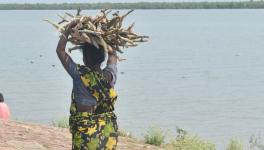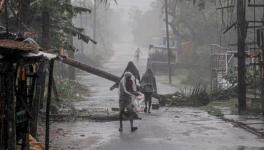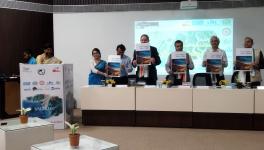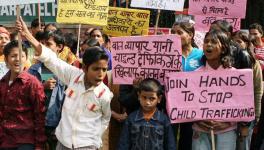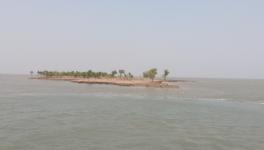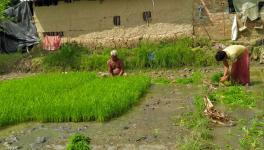Sundarbans: Cooperative Society Aims for 3-crop Pattern as Barrier for Natural Calamities
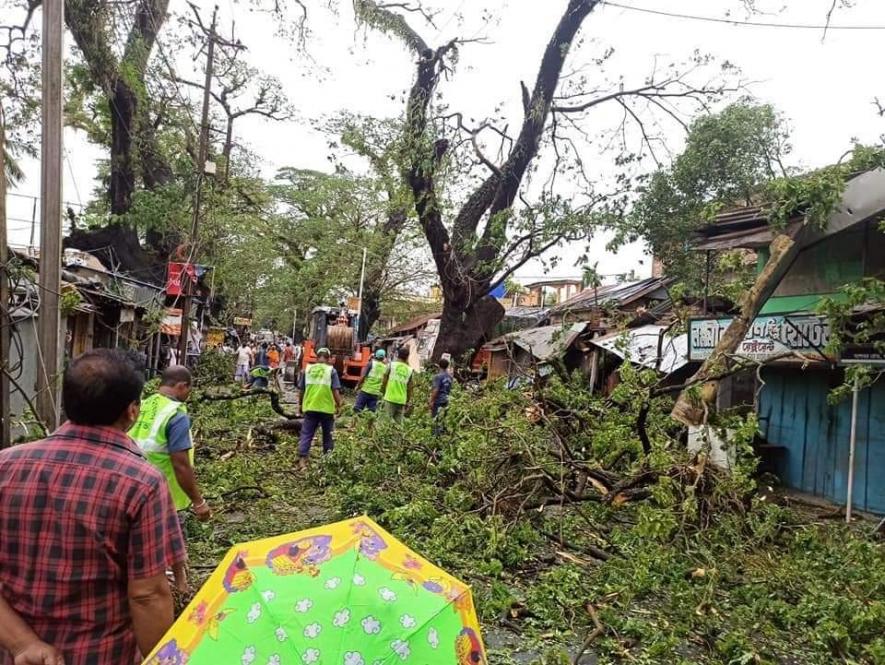
Gosaba, West Bengal: Following the footsteps of Sir Daniel Hamilton, who in 1902 had started the cooperative movement in the Sundarbans, various cooperative societies including the Tagore Society for Rural Development of Rangabelia in West Bengal’s Gosaba is continuing its tryst to develop the remote areas of the delta region, despite being plagued with several problems.
“The main problem here is the cropping pattern which includes single harvesting of a particular strain of called rup patnai locally, which can be traced to the time of Hamilton himself. In Tagore society, we are trying to find the second and third crop that can be suitable for this soil,” said S Bandopadhyay, a soil chemist with Tagore Society.
The Tagore Society has sought help from the MS Swaminathan Research Foundation (MSSRF) to materialise the three-crop pattern in the Sundarbans. Notably, the MSSRF, a nodal body with international level expertise on the subject, has recently implemented environment friendly projects even in Myanmar. In its newsletters, it had pointed out the successful efforts of seeding and harvesting salinity friendly indigenous variant of paddy in coastal areas, which retains moisture along with re-planting of mangrove along the shores.
Incidentally, Tagore in 1932, too, had come to Gosaba on the request of Sir Daniel Hamilton and spent a day in the island to witness the cooperative movement in the island.
With 14 panchayats, the Gosaba Community Development block has embankments extending over 372.5 kms, the highest in Sundarban. These embankments, which are crucial importance for the safety of lives and protection of crops against daily tides, have been suffering breaches varying from 6-54 kms. As these embankments are weak, they require proper drainage of accumulated rain water through sluice gates. However, in the absence of these, crude cuts in the embankments for drainage of accumulated rain water and channels built for providing water to large fisheries (bheris) add to the hazards.
“Further, cyclones and tropical depressions are regular threats. Following loss of livelihood, large scale displacement of people takes place every year along with women trafficking. A weakening cooperative movement has led to an increase in the cases of trafficking,” Bandopadhyay told NewsClick.
Despite the legacy of cooperative movements in the islands, the government has taken scant help from the cooperative to protect the over 1 million mangrove trees in the aftermath of cyclone Amphan. Even then, the society offered technological help to the concerned department of the state government for the same.
The livelihood of the people of Sundarbans has been neglected for years, epitomised by the words of Mohammad Khan, a farmer from Chotomollakhali, who said, “Jole kumir dangai bagher songe lorai koria amara bachia achi (We are fighting against the crocodile in water and tiger over the ground to sustain our livelihood).” He alleged that earlier at least bridges were constructed but since the last 10 years, even schemes like Pradhan Mantri Gram Sadak Yojana and Kanyashri have become inaccessible for the residents, due to increasing formalities.
Steps taken by Tagore Society
While the devastation wrought by cyclones Aila and Amphan on the livelihood of the people have been enormous, the Tagore Society has played a crucial role in rebuilding by educating farmers about new ways of farming, Khan added.
According to Goursarkar, a pisciculturalist from the area, who has seen the cyclones from close quarters, the society has also brought some hopes of natural deterrence from any such future occurrence, in the form of natural shield of mangroves and afforestation of deforested zone, rather than taking the path of concretisation of embankments.
Meanwhile, Dulal Singh, former working president of the panchayat, pointed out that the present programme of planting mangroves led by the state government follows unscientific patterns, as the Goran (a mangrove plant variant ) should be planted in a single area other than the Geoa (another plant variant), rather than mix and match, which is currently being followed.
He added that the earlier followed this natural pattern which is being violated now. Goursarkar, too, agreed, saying that the afforestation programmes should be carried according to afforestation manuals, and not the haphazard manner being followed by the government.
Goursarkar also emphasised that it is the deltaic barrier – result of the years of work of cooperative societies like Tagore Rural Society – which reduced the Super Cyclone effect, as the number of those killed could be stalled at 280, as opposed to lakhs during the cyclones in 1925 and 1880. The huge number of trees uprooted (which required Army intervention to clear the roads), actually reduced the effect of the mighty cyclone in the Gangetic delta.
“While, nearly one lakh trees were uprooted during the last cyclone, another five lakh trees can be considered as the fulcrum of thwarting further such cyclones,” said Nitai Chandra Mondal, a farmer in Dayapur area of Sundarbans, whose 2 bigha land remains fallow for majority time of the year.
He highlighted the need for a new strain of paddy that can withstand saline water as crucial, adding that it will bring a sea change in the livelihood pattern of the people living in the area. “It was just last week that a fishermen, Prasanta Mondal lost his life in a tiger attack in Chamta. These deaths can be reduced if there are alternative occupations or three-crop pattern is developed in the area. The cooperative movement is taking a right step in that direction,” Mondal told NewsClick.
According to environmentalists, along with early warning system which helped relocation of nearly 5 lakh people in the pre-cyclone period especially in the riverine low-lying and shore facing areas – where many embankments have been breached, construction of multifaceted cyclone infrastructure and improving green cover using NREGA schemes proactively can prevent re-occurrence of devastation of such magnitude in the coming years.
“If need be, the state can also seek technical assistance from developed countries to create environment-friendly infrastructure following the Rio protocol, in case the central government is reluctant to follow this well accepted route,” said Amiyo Patra, a former honorary forest warden
Get the latest reports & analysis with people's perspective on Protests, movements & deep analytical videos, discussions of the current affairs in your Telegram app. Subscribe to NewsClick's Telegram channel & get Real-Time updates on stories, as they get published on our website.









